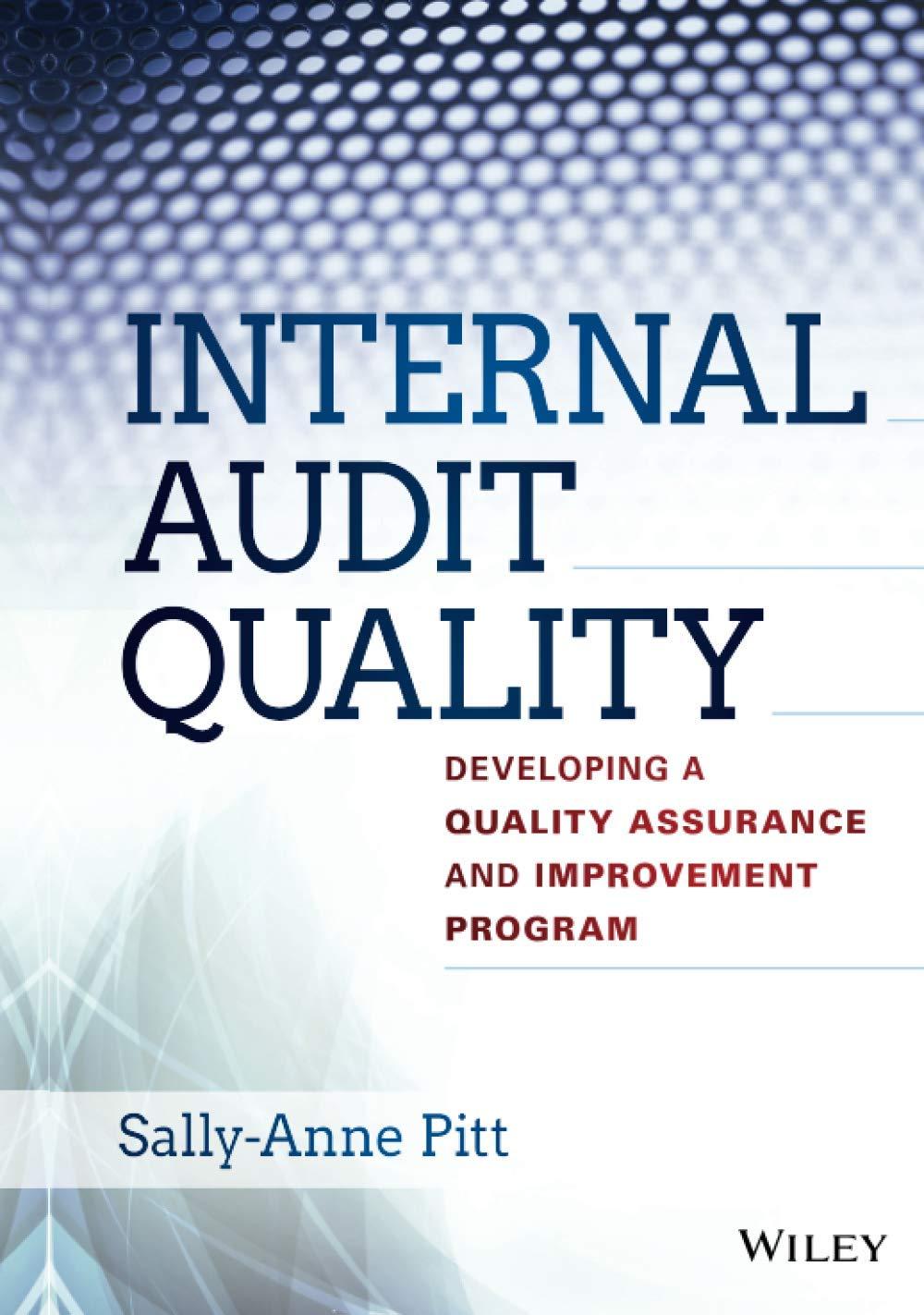

 8. Assume purchase of new equipment at an incremental, one-time fixed cost of $1,500,000 resulting in a reduction in labor hours to 30,000, a reduction in Equipment Hours to 100,000, and a reduction of Equipment Costs to $1,248,000 with all other costs remaining the same. Change the appropriate values in column F above. Answer the questions below by comparing the new productivity value in cells D18 through D23 to the values you calculated on the "Productivity Calculations" worksheet. For example, if the value in D18 on this worksheet (Labor Productivity in units/labor hour) is less than the value for Labor Productivity in units/labor hour for the Parent operations on the "Productivity Calculations" worksheet, then choose "decreased"
8. Assume purchase of new equipment at an incremental, one-time fixed cost of $1,500,000 resulting in a reduction in labor hours to 30,000, a reduction in Equipment Hours to 100,000, and a reduction of Equipment Costs to $1,248,000 with all other costs remaining the same. Change the appropriate values in column F above. Answer the questions below by comparing the new productivity value in cells D18 through D23 to the values you calculated on the "Productivity Calculations" worksheet. For example, if the value in D18 on this worksheet (Labor Productivity in units/labor hour) is less than the value for Labor Productivity in units/labor hour for the Parent operations on the "Productivity Calculations" worksheet, then choose "decreased"
B D E F G A STATE UNIVERSITY 3 Current Values JONES COLLEGE OF BUSINESS 4 5 6 7 8 Data: Metric Sales (units) Units Produced Labor (hours) Labor Cost ($) per hour Materials Cost ($) Equipment (Hours) Equipment Cost ($) Fixed Costs ($) Selling Price per Unit 9 Parent (Domestic) 1,400,000 1,400,000 40,000 $14.57 $400,000 120,000 $1,359,600 $2,000,000 $9.99 Use column F for question 8 Parent (Domestic) 1,400,000 1,400,000 40,000 $14.57 $400,000 120,000 $1,359,600 $2,000,000 $9.99 Subsidiary (LDC) 450,000 480,000 20,000 $5.52 $200,000 30,000 $225,000 $725,000 $7.99 10 11 12 13 14 15 16 17 18 19 20 What-If Productivity Values Based on New Data Entered in Column F Measure Parent Organization Labor Productivity (units/labor hour) 35.00 Labor Productivity (units/labor $) 2.40 Materials Productivity (units/$) 3.50 Equipment Productivity (units/hour) 11.67 Equipment Productivity (units/$) 1.03 Total-Factor Productivity (units/$) 0.32 21 22 23 24 25 B n D E F G H 34 Parent Equipment Purchase (Part 35 #1) 8. Assume purchase of new equipment at an incremental, one-time fixed cost of $1,500,000 resulting in a reduction in labor hours to 30,000, a reduction in Equipment Hours to 100,000, and a reduction $1,248,000 with all other costs remaining the same. Change the appropriate values in column F above. Answer the questions below by comparing the new productivity value in cells D18 through D23 to the "Productivity Calculations" worksheet. For example, if the value in D18 on this worksheet (Labor Productivity in units/labor hour) is less than the value for Labor Productivity in units/labor hour for the Parent operations on the "Productivity Cal choose "decreased" 36 Productivity Measure Choose the correct answer for each productivity 37 calculation Labor Productivity in terms of units/labor hour 38 Labor Productivity in terms of 39 units/labor $ Materials Productivity in terms of 40 units/Materials Cost ($) Equipment Productivity in terms 41 of units/hour Equipment Productivity in terms 42 of units/$ Total Factor Productivity in terms 43 of units/$ A B C D E F G H Total Factor Productivity in terms of units/$ 43 44 45 46 Parent Equipment Purchase (Part 47 #2) 9. Calculate Total Revenue prior to any equipment changes using data in cells C6 through C14 above. The formula for Profit is Total Revenue - Total Costs The formula for Total Revenue is Total Units Sold * Selling Price per Unit 48 Pre Equipment Purchase Total 49 Profit Post Equipment Purchase Total 50 Profit 51 10. Summarize your observations concerning how the potential new equipment purchase will impact each of the productivity values and total revenue. Provide a recommendation whether to purchase 52 provide supporting evidence for your recommendation. 53 54 55 56 57


 8. Assume purchase of new equipment at an incremental, one-time fixed cost of $1,500,000 resulting in a reduction in labor hours to 30,000, a reduction in Equipment Hours to 100,000, and a reduction of Equipment Costs to $1,248,000 with all other costs remaining the same. Change the appropriate values in column F above. Answer the questions below by comparing the new productivity value in cells D18 through D23 to the values you calculated on the "Productivity Calculations" worksheet. For example, if the value in D18 on this worksheet (Labor Productivity in units/labor hour) is less than the value for Labor Productivity in units/labor hour for the Parent operations on the "Productivity Calculations" worksheet, then choose "decreased"
8. Assume purchase of new equipment at an incremental, one-time fixed cost of $1,500,000 resulting in a reduction in labor hours to 30,000, a reduction in Equipment Hours to 100,000, and a reduction of Equipment Costs to $1,248,000 with all other costs remaining the same. Change the appropriate values in column F above. Answer the questions below by comparing the new productivity value in cells D18 through D23 to the values you calculated on the "Productivity Calculations" worksheet. For example, if the value in D18 on this worksheet (Labor Productivity in units/labor hour) is less than the value for Labor Productivity in units/labor hour for the Parent operations on the "Productivity Calculations" worksheet, then choose "decreased" 





